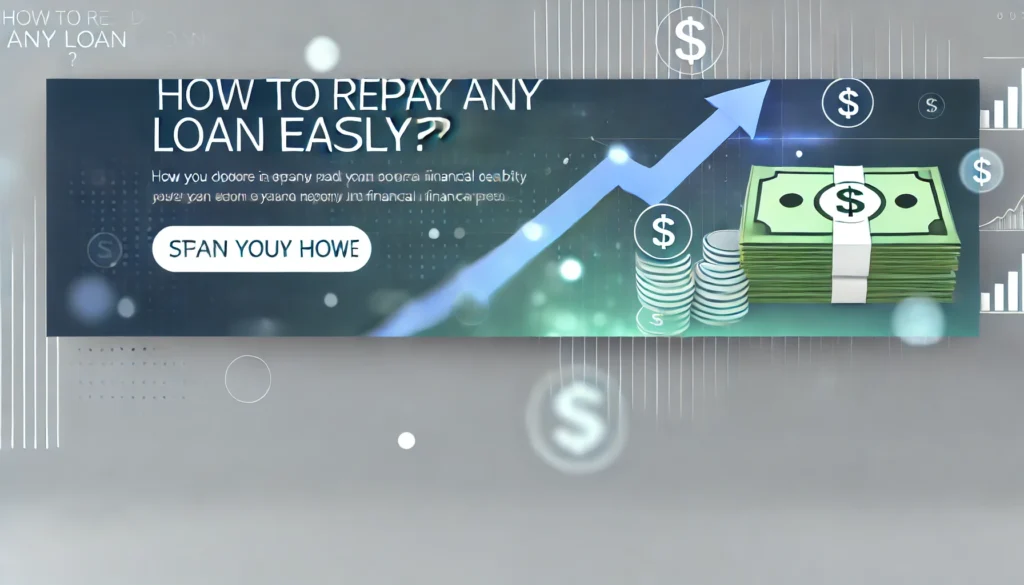What Is Moral Suasion?
Moral suasion is ‘persuading people or groups to act (as toward charitable giving, personal hygiene, social reform) by rhetorical appeals and persuasion rather than by coercion or physical force’, to quote the OED. In economics, it tends to refer to central banks.
Key Takeaways
Moral suasion attempts to bring about a certain way of acting by rhetorical appeal, or persuasion or threat, short of outright coercion or physical force.
For example, central bankers in economics create an ethereal aura of influence through moral suasion to get markets and public opinion to believe that they’re in charge of the economic weather and are ready to intervene if a storm is brewing.
Indeed, most of this moral suasion is thoroughly verbal, consisting of signalling (speechifying and gob-smacking that analysts and journalists parse from central bank minutes) and posturing.
Probably the most iconic case of moral suasion is in the intervention by the New York Federal Reserve Bank in the bailout of Long-Term Capital Management (LTCM) in 1998.
Understanding Moral Suasion
Moral suasion is potential persuasion by any party, but in a monetary sense usually means central-bankers’ appeals in public or (more privately) to nonbank creditors, and more commonly just referred to as ‘suasion’ with often less saintly motives.
(It’s often referred to as moral suasion in the US, perhaps because it’s the equivalent of doing nothing more than jawboning, in contrast with the Fed and other policymakers’ more coercive tools.) In particular, central-bank efforts to change the trend rate of inflation without engaging in open-market operations have been described as forms of ‘open mouth operations’.
Jawboning is picking up as many central banks – after years of holding interest rates low and even pursuing aggressive monetary policy – are running low on options to promote growth.
“Fedspeak”
Suasion works as effectively in public as behind closed doors. Alan Greenspan’s warning in 1996 that he thought the economic mood was ‘irrationally exuberant’ is often cited as an example of the Fed’s use of suasion, yet when asset prices did collapse in 2000, Greenspan was criticised for having done too little—be it with interest rates, margin lending requirements or jawboning—to ward off 1990s’ exuberance.
Only in recent years has the Fed made a serious attempt to reach out to the public in its own communications, a form of damage control some might call a militarisation of moral suasion. Greenspan advocated a ‘policy of constructive ambiguity’ – arguably the opposite of moral suasion – and he was wont to say to a senator: ‘If I seem unduly clear to you, you must have misunderstood what I said.’ Ben Bernanke broke with that approach and made an effort to communicate Fed policy more clearly. In 2011, he began holding press conferences – at the urging of his expected successor, Janet Yellen.
This meekness might explain the need for more jawboning now, given that both cutting interest rates – which have been near zero from December 2008 to December 2015 – and expansion of the size of the balance sheet have proven more challenging. With the shovel and rake – its familiar policy tools – dulled somewhat, the Fed has instead been trying to convince markets of its commitment to support a durable recovery through words instead of actions, whenever possible.
Nor is moral suasion limited to the US. When the beleaguered euro was in trouble in 2012, the then European Central Bank (ECB) president Mario Draghi said that the bank would do ‘whatever it takes’ to preserve the single currency, a statement that underpinned the euro and led to a subsequent rebound.
Moral Suasion Example
The archetypal instance of moral suasion appeared in the New York Federal Reserve’s rescue of Long-Term Capital Management (LTCM) in 1998.
LTCM was a spectacularly profitable hedge fund—it had recorded a run of high-double-digit annual returns in the 1990s—but it had gearing of around $30 of debt for every $1 of capital at the end of 1997. When the Asian financial crisis tipped it over, the fear was that it would be forced to sell its assets in a fire sale that would drag down prices and leave Wall Street’s leading banks with huge non-performing loans.
Instead, the New York Fed invited three banks that had lent to LTCM to its offices to discuss a bailout among themselves. The banks agreed to work together on an arrangement that the Fed agreed to co-ordinate but not to fund. A syndicate of 14 banks eventually provided a rescue package of $3.6 billion to LTCM. The fund was finally liquidated two years later and repaid the banks a small profit.
The New York Fed became embroiled in criticisms that it was making LTCM ’too big to fail’, but the pressure to force banks to loan bailout cash represented less heavy-handed alternatives to a central bank takeover.

